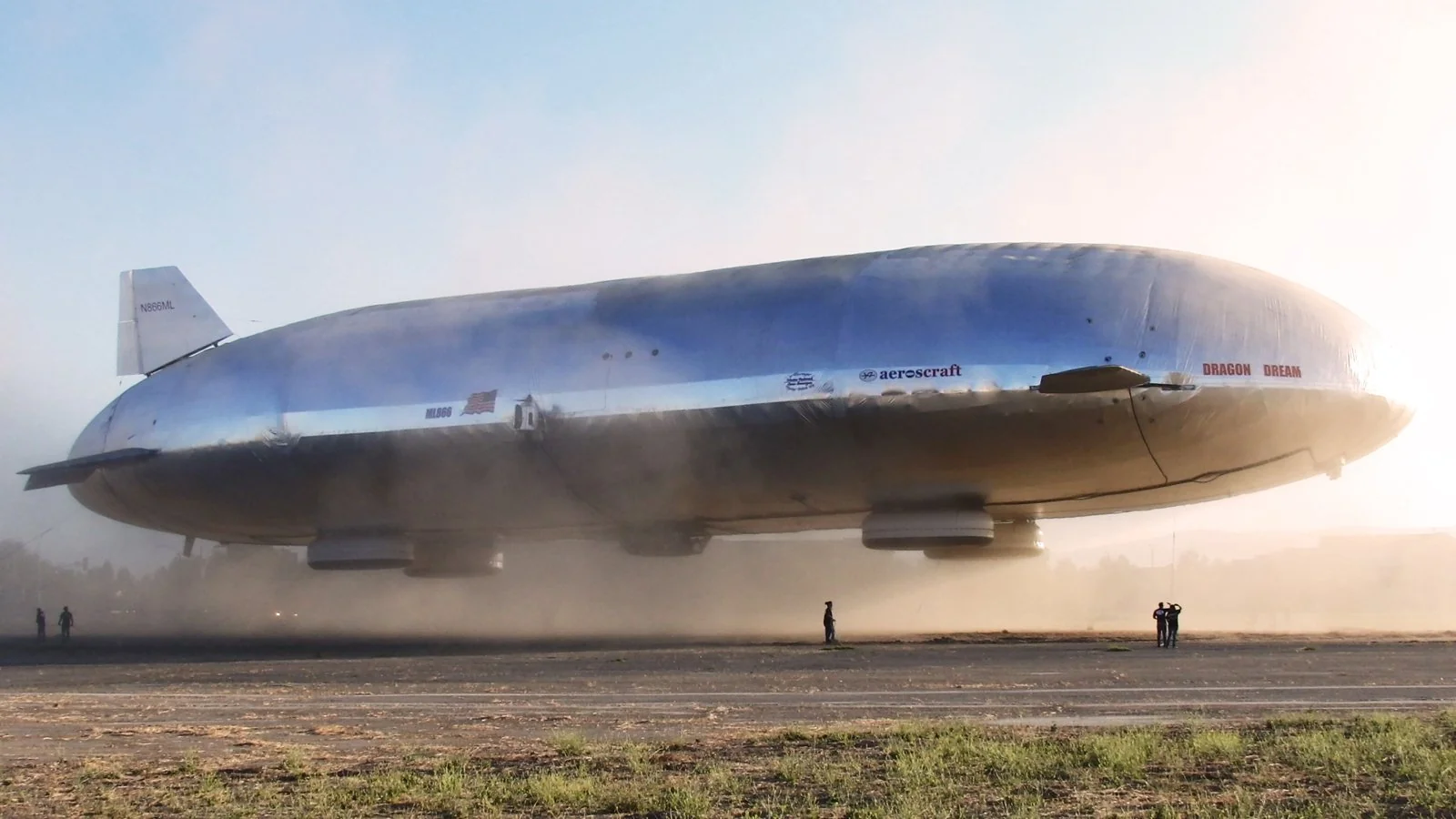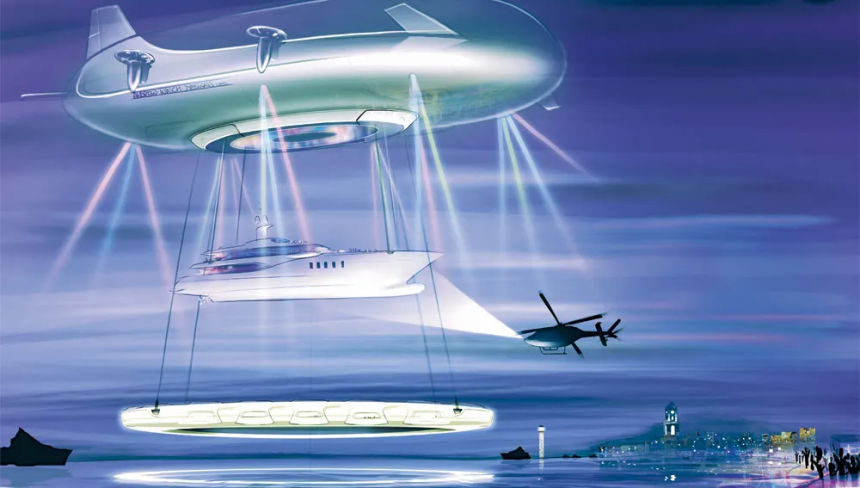In a world where the race toward greener, smarter, and more flexible transportation is reshaping entire industries, few companies are thinking as boldly, or as quietly, as Aeroscraft. Operating out of California under the umbrella of Worldwide Aeros Corporation, the company has developed one of the most advanced airship systems ever conceived: a rigid, helium-filled aircraft that combines the principles of buoyant flight with aerodynamic control, allowing for vertical takeoff and landing, extended cargo capacity, and operations in environments with little to no infrastructure. It’s a concept that blends old-world airship ambition with 21st-century aerospace technology, and it has already captured the attention of heavyweights such as NASA and the U.S. Department of Defense.
We’re not here to compete with planes—we’re here to solve problems planes were never built to solve. The future of aviation isn’t just faster, it’s smarter, quieter, and infinitely more adaptable.
Igor Pasternak, CEO of Aeroscraft

What makes the Aeroscraft project unique is its Variable Buoyancy Control System, a proprietary innovation that allows the airship to compress helium to adjust its weight mid-flight, essentially mimicking how a submarine moves through water. This breakthrough eliminates the need for traditional runways or ground crews and enables the aircraft to hover, ascend, or descend with surgical precision, even while carrying massive cargo loads. This makes the Aeroscraft an ideal solution for remote military supply, disaster response, and the delivery of heavy industrial equipment to areas where conventional aircraft or trucks cannot reach.
While the promise of the Aeroscraft lies in its performance in the skies, much of the company’s success is also rooted in what happens on the ground. As part of their digital transformation efforts, Aeroscraft partnered with Mokhtar Group‘s founder, a California-based firm specializing in intelligent business systems, to overhaul their internal infrastructure and deliver specialized digital technology for their global marketing and e-learning programs to train their teams. From operational management tools to multilingual onboarding systems, the company leveraged next-generation platforms to support its workforce in mastering the technical complexities of this one-of-a-kind aircraft.
Aeroscraft’s trajectory is not just technological—it is strategic. With funding and research collaboration from agencies like NASA and the Department of Defense, the company is positioned at the intersection of innovation, national interest, and environmental sustainability. Unlike the space race, which dominates headlines with its flash and spectacle, Aeroscraft’s quiet revolution may ultimately have a more immediate and transformative impact on how humanity moves essential goods across the planet.
In a time when aviation is being redefined, Aeroscraft stands out not only for what it builds, but for what it dares to rethink: that flying should no longer be limited by speed alone, but by versatility, footprint, and access to the unreachable.





